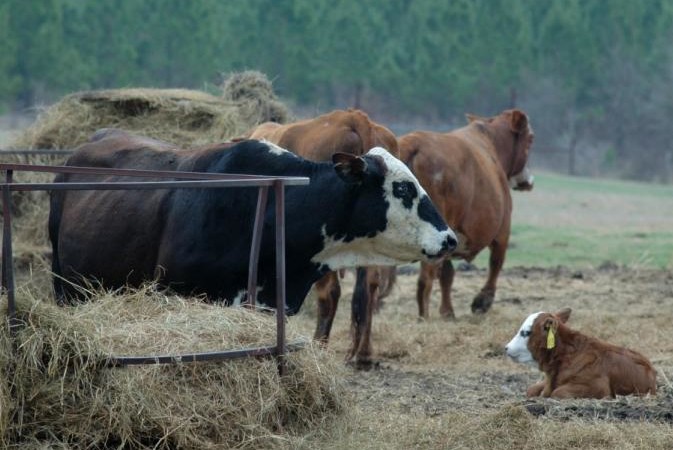

Many livestock farmers are very ambitious, especially those that are just getting started.
For those planning to venture into livestock, being aware of urbanisation and its challenges as well as climate change, calls for bigger plans in as far as managing grass is concerned.
Sometimes farmers may sell grass and hay but sometimes it is beyond one’s needs. There are several advantages of feeding livestock on dry matter, as it helps animals drink a lot of water and the milk has high butter content.
If a farmer cannot produce enough hay, you can feed more to calves rather than the adult animals. Calves need hay to develop the rumen while reducing milk consumption so that one can deliver more milk. The grass that is ideal for hay is different from the one used to make silage.
Silage is harvested from plants with broad leaves like Napier, brachiaria mulato and Guatemala grass while Chloris gayana, (also known as Rhodes grass) and Congo signal is good for silage.
It is important for farmers to learn the best practices of making hay to prepare for the bad times. However, having the right barn is key to the longevity of the feeds.
Farmers should always strive to reduce forage storage and feeding waste.
Hay has the potential to meet most livestock nutrient requirements if harvested correctly and at the right maturity stage. But quality must be maintained throughout the storage period. If not, supplemental nutrition or more of it often becomes a necessity.
Hay barn conditions
Hay should be stored in a covered barn to provide storage. Plastic coverings are another option but having a proper barn is unmatched. The barn must have proper aeration to prevent mould growth. Not only is mould less acceptable to livestock, but it can also be less nutritious and cause animal and human health problems.
Using hay desiccants such as potassium or sodium carbonate as chemical alternatives for a faster dry down, however, having a well barn with proper aeration is ideal. It should have a leak – proof roof.
In order to prevent rodents that could transmit disease, stands can be equipped with rat guards.The barn must be raised at least one metre from the ground. Afterwards slates should be laid. To help hay crop dry properly, it must be turned over often to help in uniform wilting.
Avoid feeding losses, all steps in hay making that is, cutting, drying, baling, storing and feeding must be observed properly.
For instance, grass or legumes to be used must be cut when it is about to flower because when it flowers much of the proteins go into seed formation. At this time the crops are rich in protein, low in fibre and give high yields of green matter.
Hay contains about 80 per cent dry matter and 20 per cent water. Green hay is therefore nutritious as it contains carotene, B complex vitamins and vitamin D.
Farmers ought to guard against losses during feeding, especially as animals can trample on feeds. Faecal contamination in hay must also be avoided. He says that farmers should put hay in containers that have a barrier between the hay and livestock.
Buyi recommends feeding cows on grass in the rainy season and when the dry season sets in, hay can be used.
If you waste hay, you lose money. Follow these general rules that can help minimise waste during feeding.
Feed hay in small amounts or in a feeder to minimise waste. When fed a limited amount of hay at a time, cattle have less opportunity to trample and soil the hay. Feeding hay in a rack or a hay ring also limits the opportunity that animals have to trample or soil hay, and will reduce waste substantially.
Feed hay in well-drained areas. If you intend to feed hay in a single location, then providing a footing such as crushed gravel or even concrete can help minimise problems with mud. You can also move hay-feeding areas around the farm to minimise the damage to any one area of the pasture.
 Contact Jaguza Support
Contact Jaguza Support